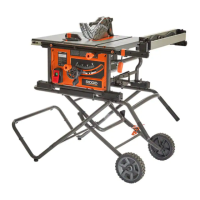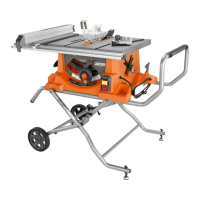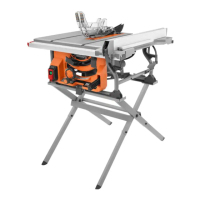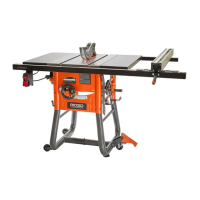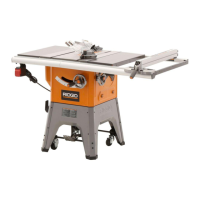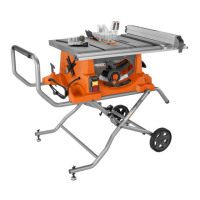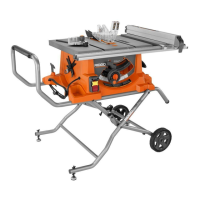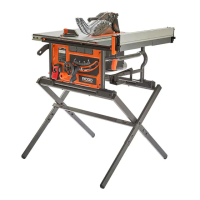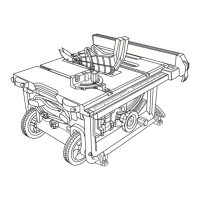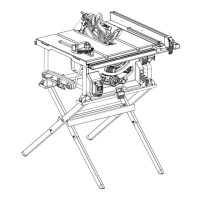What to do if my RIDGID R4550 Saw fails to start?
- ZZachary SmithJul 29, 2025
If your RIDGID Saw fails to start, you should first check that the prongs on the cord plug are making good contact in the receptacle. Also, check the reset button on the power switch housing. Finally, check for blown fuses or open circuit breakers in your power line.
